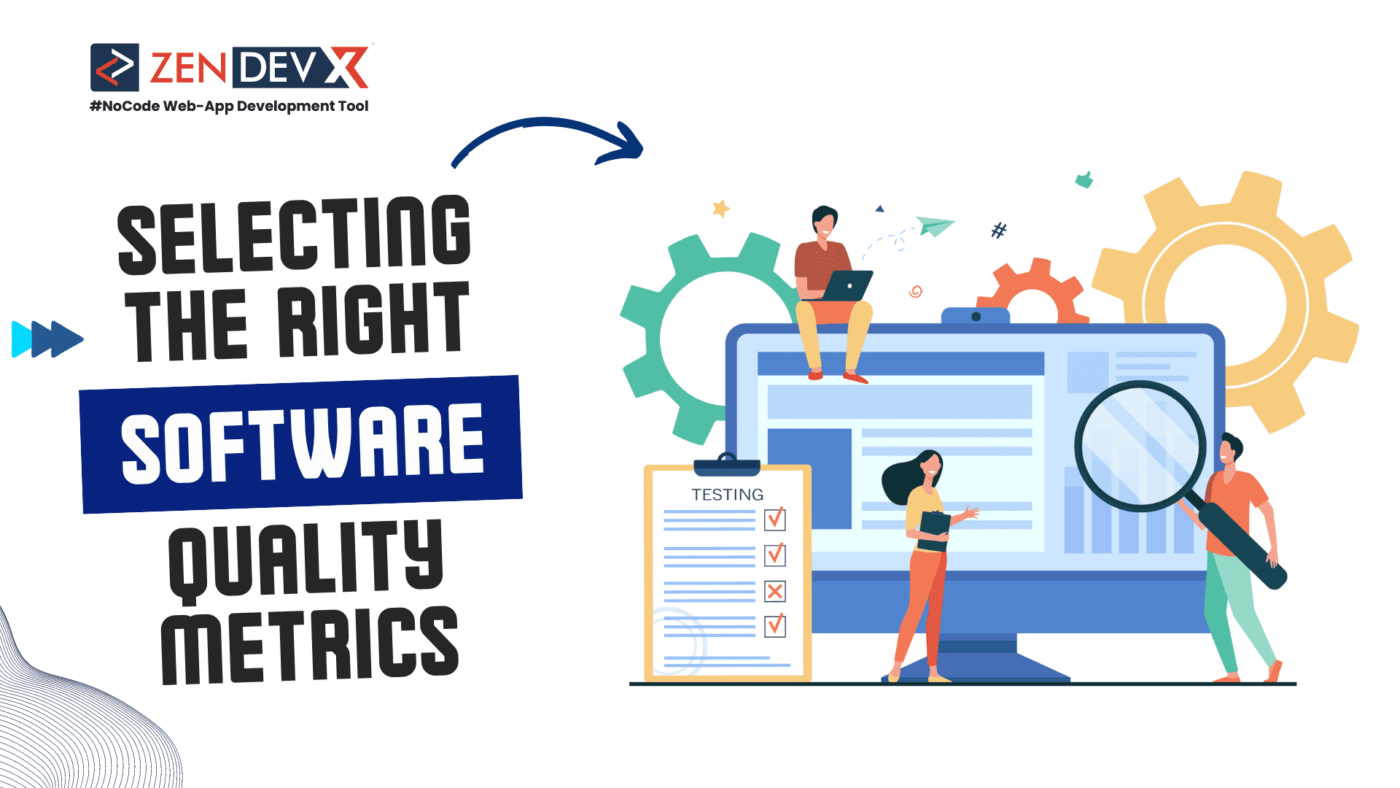Description of Software Quality
Software quality measures program suitability for certain needs. Needs, both functional and non-functional, abound. Functional needs are those chores a program must complete. They could involve computations, data handling, graphic representation, etc. The program should run in line with non-functional standards, such as security, dependability, usability, etc.
System reliability describes its uptime and failure probability. The degree of system defects greatly affects this statistic. In software, performance describes scalability, reaction times, and resource consumption. In the context of apps, security refers to their ability to protect data from hacking. Maintaining maintainability involves determining your ability for basic reusing, adaption, and code modification. Appropriate software architectural patterns and modern technologies can assist you in raising this alert. A program’s testability is its simplicity, from which one might test it. Portability embodies… This function indicates if the software fits multiple environments. Reusability of code is its ability to run numerous times. In software, reusability depends on the presence of modularity or loose coupling.
Definition of Measurements of Software Quality
Software quality measurements are benchmarks by which one may assess the caliber of software as well as the development process. Their support will enable you to understand the development strategy your team used, the goals established, and how all of this affected quality and user satisfaction.
We may classify software metrics into three groups:
- Product metrics are qualities of a good. Think about complexity, size, performance, etc.
- Process indicators. These assessments might support your improvement of maintenance and software development.
- Project metrics are features of the project and progress, such as cost, time, output, and the count of software developers.
For What Reason Are Software Quality Metrics Needed ?
Project management uses software quality measurements to its advantage. Their help enables managers to investigate the development process at every level, spot issues, and resolve them. They can also evaluate the performance of every individual developer as well as the whole team and the times for planning, development, and fault removal.
Some factors help you evaluate the degree of flawlessness, program quality, and standard compliance. These metrics are really useful since the quality of the program largely determines the user count. If you want to attract as many consumers as you can, you have to strive for continually improving the quality of the product. Software quality standards enable you to determine whether your application is ready for public release.
Moreover, the results of software quality assessments help you foresee, spot, and fix problems, properly organize your work, and increase developer productivity.
Which Measurements of Software Quality Do Companies Use ?
You should not track all measures of software quality. Every project should select just those indications that would allow improvement of its quality. It depends on the services, the project’s goal, and more. Let us review the different metrics of software quality available.
Agile Standards :
These series of guidelines help you improve the development process. This covers the following standards:
- In software development, design, and planning, lead time refers to the program release time. Your program release will happen faster the smaller the lead time.
- Product development time moves quickly. This statistic shows the team’s needed time for every stage of development. Next items can be designed with reference to present standards.
Production Stats :
These indicators let you evaluate developers’ labor load as well as their output.
- Active days are those spent coding.
- Time for breakdown and repair: the duration programmers must fix defects.
- Task volumes are the whole amount of code a programmer might generate and manage during one year.
- Code churn is the overall count of lines of code programmers added, updated, or removed in a given timeframe.
- The application crash rate is the ratio of application crashes to their frequency of use.
Security Response Measures :
These metrics monitor how each supported application’s security, operations, and development teams are managing security issues, as well as how an application secures data and resists hacking attempts. These observations include:
- Situations involving endpoints. This compiles the count of infected devices over a given period.
- The interval between the discovery of a security event and its fixing defines the average recovery period.
- Dependency age indicates whether you should update all of your dependencies and whether they are all running as they should.
Comparing Size-Based :
The quality of an application determines their evaluation based on its size and coding correctness.
Errors Statistics :
These tools allow you to look at defect count, search and fix times, and defect density—that is, the line of code defect count.
Client Fulfillment :
This is among the most important sets of measurements as your earnings depend on the volume of clients. This statistic shows, on the range of unsatisfied to most satisfied, the degree of client loyalty as a percentage.
In What Ways Could One Manage Software Quality ?
Different approaches cannot give the entire picture of the degree of the quality of the product and the used methods. If you wish to deploy software quality measures correctly, you should combine them with an independent assessment of every aspect of software development.
Let us list many actions to improve the quality of the program:
- Using a coding rule. This ensures readability and consistency of codes, hence improving quality and streamlining use.
- Using the most modern technologies will help to speed development and reduce the number of defects.
- The code analysis of professional engineers helps you to locate and fix development process errors in time.
- Setting up. It helps to tidy the codebase and makes using it much easier.
- Special tools will allow you to correctly handle the portions of the application that show quality problems.


